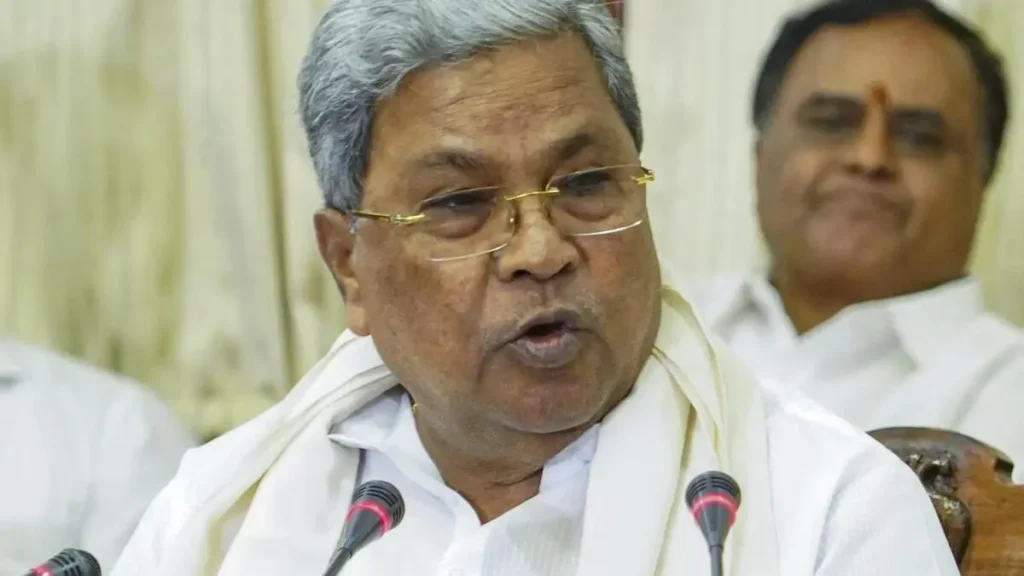Dear reader,
Caste is not a cuss word in politics, but it is certainly a controversial one. Which is why no party’s position on it is cast in stone. Like shifting sand, the stance of major political players—especially the Congress and the BJP—has swayed with the winds of electoral arithmetic and social pressure. Their contortions have raised more than a few eyebrows.
Take, for instance, the long saga of the 2015 Social and Educational Survey in Karnataka. The then Chief Minister Siddaramaiah was keen to implement it, seeing it as a tool to reinforce his social justice plank of Ahinda—an alliance of minorities, backward classes, and Dalits. The Congress’s rise to power in the State came despite limited support from the dominant Lingayats (mostly aligned with the BJP) and Vokkaligas (traditionally with the JD(S)).
But once in power, these dominant groups are hard to ignore. Pressure from them is widely seen as the reason the Congress has not been able to act on the survey’s recommendations. On June 12, the Karnataka Cabinet failed to approve it. This time, rather than implement the survey’s findings—including a recommendation to raise the OBC quota from 32 per cent to 51 per cent—the government opted to commission a fresh survey altogether.
Siddaramaiah, however, is hardly alone in wrestling with caste contradictions. The nature of caste politics is such that even its most passionate proponents often find themselves running into invisible ceilings. Those who do manage to break through are often airbrushed out of political memory, while the moves they made continue to shape the future.
Take the Mandal moment. In 1990, Prime Minister V.P. Singh implemented the B.P. Mandal Commission’s recommendations, introducing 27 per cent reservation for OBCs in Central government jobs and educational institutions. That Singh was himself from an upper caste added layers to the drama. Today, even as the Modi government announces a new caste census and the Opposition—especially Rahul Gandhi—beats the drum for it, few invoke V.P. Singh’s name.
Consider another case of forgotten intent: In 2001, when Rajnath Singh was Chief Minister of Uttar Pradesh, he appointed the Hukum Singh Committee to study the distribution of OBC reservation benefits. It found that Yadavs and Kurmis—26 per cent of the population—enjoyed 46 per cent of the jobs reserved for OBCs. Among Dalits, Jatavs had cornered the lion’s share of government jobs. Singh’s attempt to redistribute benefits to the most backward among the backward was shelved, like so many others before and after. In 1977, the Chhedi Lal Sathi Commission set up by Chief Minister H.N Bahuguna proposed 17 per cent reservation for 41 most backward castes. That, too, remained on paper.
Karnataka has its own dusty archives. In the 1970s, Congress Chief Minister Devaraj Urs formed the Havanur Commission, pointedly excluding the powerful Lingayats from the reservation list. In the 1980s, Chief Minister Ramakrishna Hegde followed up with the Venkataswamy Commission, which excluded both Lingayats and Vokkaligas. In late 2020, with hints that his days as Chief Minister were numbered, B.S. Yediyurappa tried to recommend the inclusion of Veerashaiva-Lingayats in the Central OBC list. The BJP high command saw it as a last-ditch gambit and put a stop to it.
The inner tensions of caste politics were on full display in 2010, when Prime Minister Manmohan Singh told Parliament that the Cabinet would consider the idea of a caste census. Though most parties publicly supported it, the government hedged, opting instead for the Socio-Economic and Caste Census (SECC). Even within the Congress, there was resistance. The then Minister of State for Home Affairs, Ajay Maken, wrote an open letter to some 70 MPs opposing the inclusion of caste in the Census altogether.
There is a view—more whispered than shouted—that dominant castes and classes don’t want a caste census. Even within the Congress, support for Rahul Gandhi’s recent push for a caste census is tepid. Some leaders privately fear that such a “radical” idea could damage the party’s carefully centrist image.
Ironies abound. When Union Minister Ashwini Vaishnaw announced the caste census on April 30, he painted the BJP as the true champion of social justice, and attacked the Congress for its hypocrisy. Yet, for decades, the BJP and the RSS have regarded caste politics with suspicion. Many within the party’s old guard feel the move will weaken the Hindutva coalition by fracturing its carefully crafted unity across castes.
Be that as it may, I’m reminded of something the late Sharad Yadav once told me, with a mix of fatalism and pride: “Yeh jaati hai, jo jaati nahin hai”—this is caste, it never goes away. A man from Jabalpur, he won elections repeatedly from Madhepura in Bihar, a Yadav stronghold. As the saying goes, “Rome Pope ka, Madhepura Gope ka” (Rome belongs to the Pope, Madhepura to the Gopes—the Yadavs).
Centuries earlier, mystic poet Kabir had put it differently: “Jaati na puchho saadhu ki, poochh lijiye gyaan; mol karo talwaar ka, pada rehne do myaan.” (Don’t ask a saint’s caste, ask about his wisdom. Value the sword, not the sheath.) Born into a low-caste weaver family, Kabir also said, “Kabir meri jaat ko, sab ko hansnehaar; balihari is jaat ko, jo japiyo sirjanhaar.” (People mocked my caste, but I bless it—for it let me worship the Creator.)
But politics, alas, has no room for mystic poets or saints.
And so the ceaseless dance between caste and power will go on.
Until my next newsletter.
Anand Mishra | Political Editor, Frontline
Source:https://frontline.thehindu.com/newsletter/poll-vault-anand-mishra/caste-politics-india-reservation-census/article69690970.ece

